A Four Day Journey Along the Hokkaido Shinkansen
As you may know, the Rugby World Cup 2019, one of the three major sporting events in the world, is now being held in Japan. To commemorate Japan hosting the RWC 2019, this 4 day trip from Kamaishi city, Iwate to Sapporo was hastily arranged for me to experience. This route is completely different from Japan’s “Golden Route” between Tokyo and Kyoto/Osaka that so many first time tourists take. Along the way, I experienced the diversity of the region: the rugged beauty of its coastline, the extravagant variety of seafood, and the abundant outdoor activities. Most impressive however, were the people I met along the way, kind-hearted people with an inner strength, many committed to rebuilding areas heavily damaged by the 2011 tsunami disaster. Please follow along my journey to discover more about an incredible part of Japan most people completely miss out on.
Day One: Kamaishi city and the Recovery Memorial Stadium
Day One, Part 2: Cycling Kamaishi and the Sanriku Coastline
Day Two: A Day in Aomori – Stunning Nature Trails and Custom Fresh Seafood Meals (this article)
Day Three: 12 Hours in Hakodate and A Summer Splash in Niseko
Day Four: Sapporo City – Hokkaido’s Lively central city
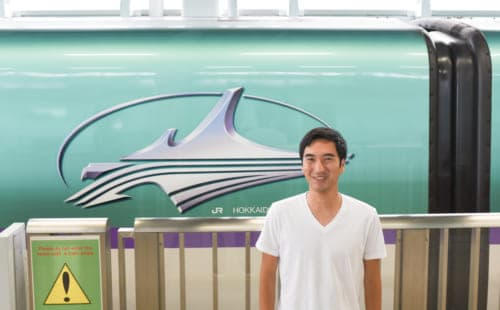
Day Two: A Day in Aomori – Stunning Nature Trails and Custom Fresh Seafood Meals
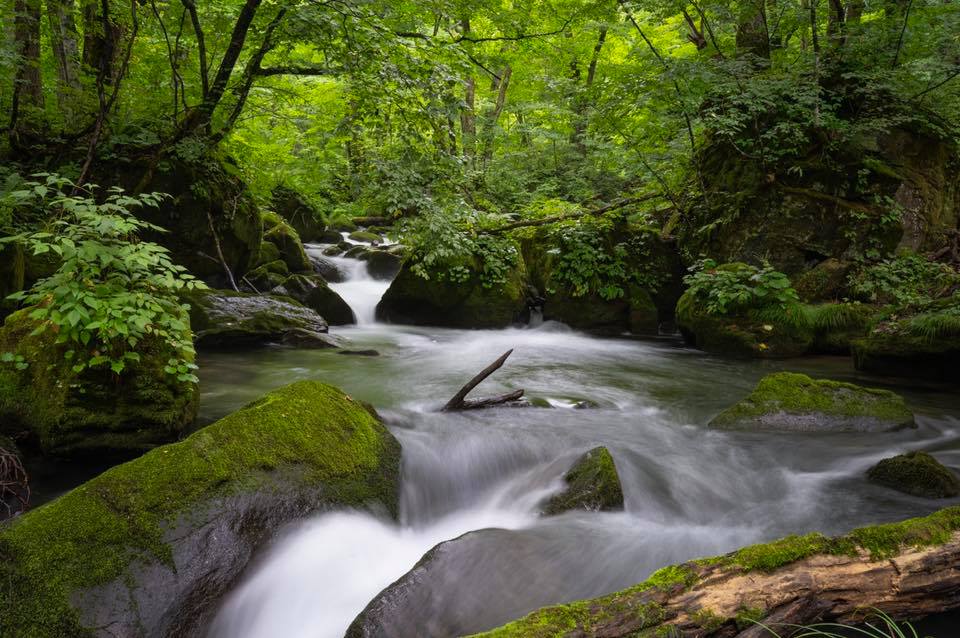
Waking up bright and early, I set off from my hotel in Iwate Prefecture towards Aomori Prefecture. I had two objectives for the day, to spoil myself with the wonderful seafood of Aomori at the Hasshoku Center in Hachinohe city and hike along the river trail of the Oirase-Keiryu in Towada city, two of this prefecture’s top sightseeing destinations.
Hasshoku Center: Seafood Lovers Heaven
Starting off in Hachinohe City, I visited the Hasshoku Center, a huge facility with over 60 shops and a very special draw for seafood lovers like myself.
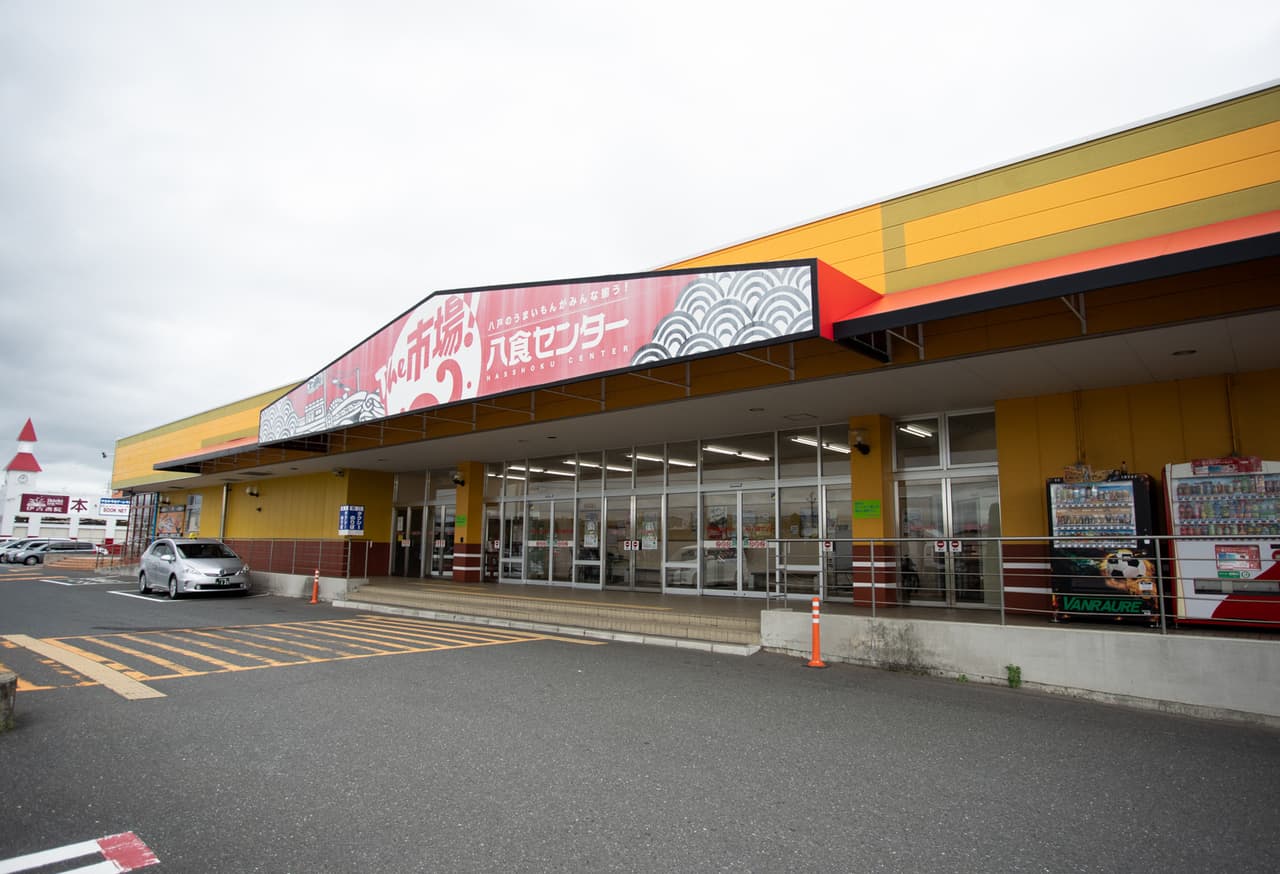
Housed in this facility is a sprawling fish market with fresh seafood brought in directly from the Hachinohe Port. This includes everything from pufferfish, scallops, tuna, uni, crab, oysters, and a plethora of other fish caught in the rich waters off the coast of this region of Japan.
Heres how it works.
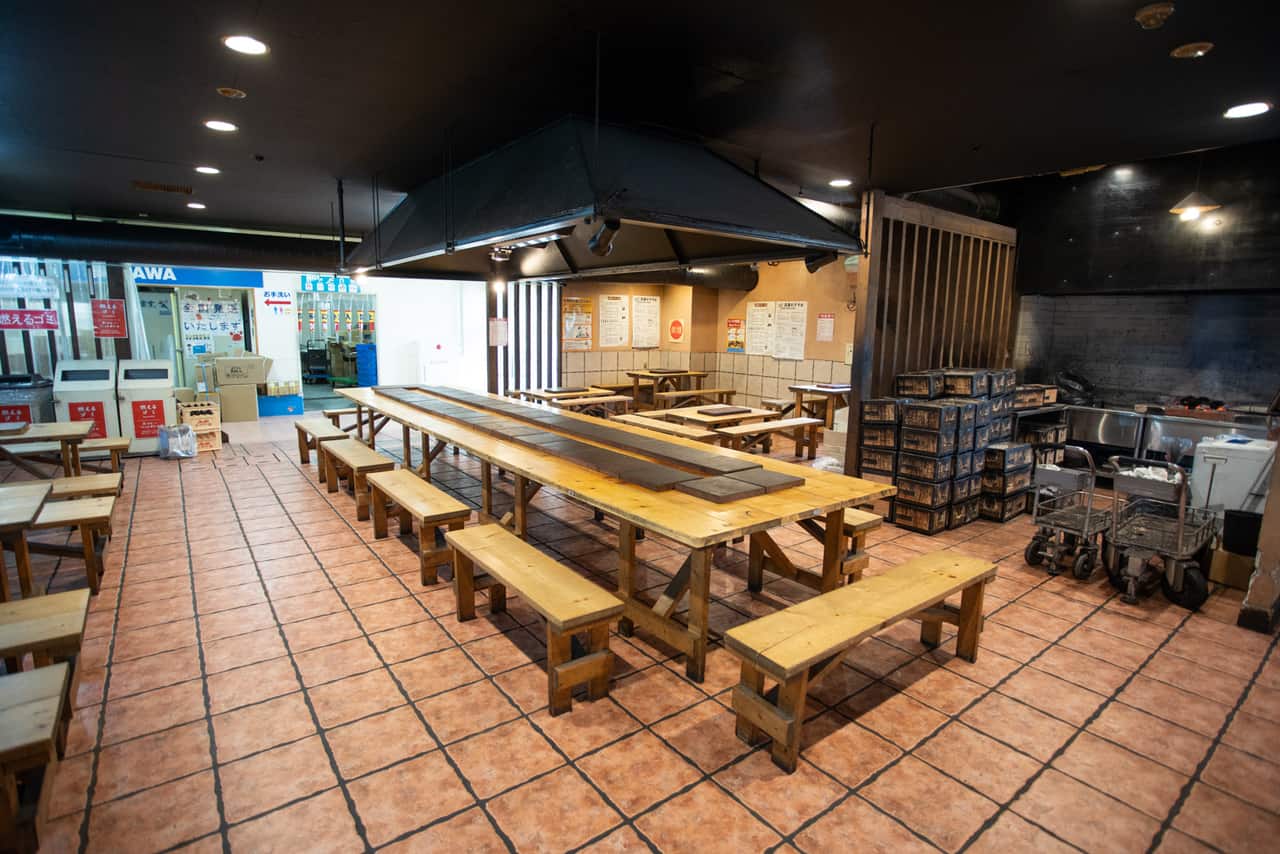

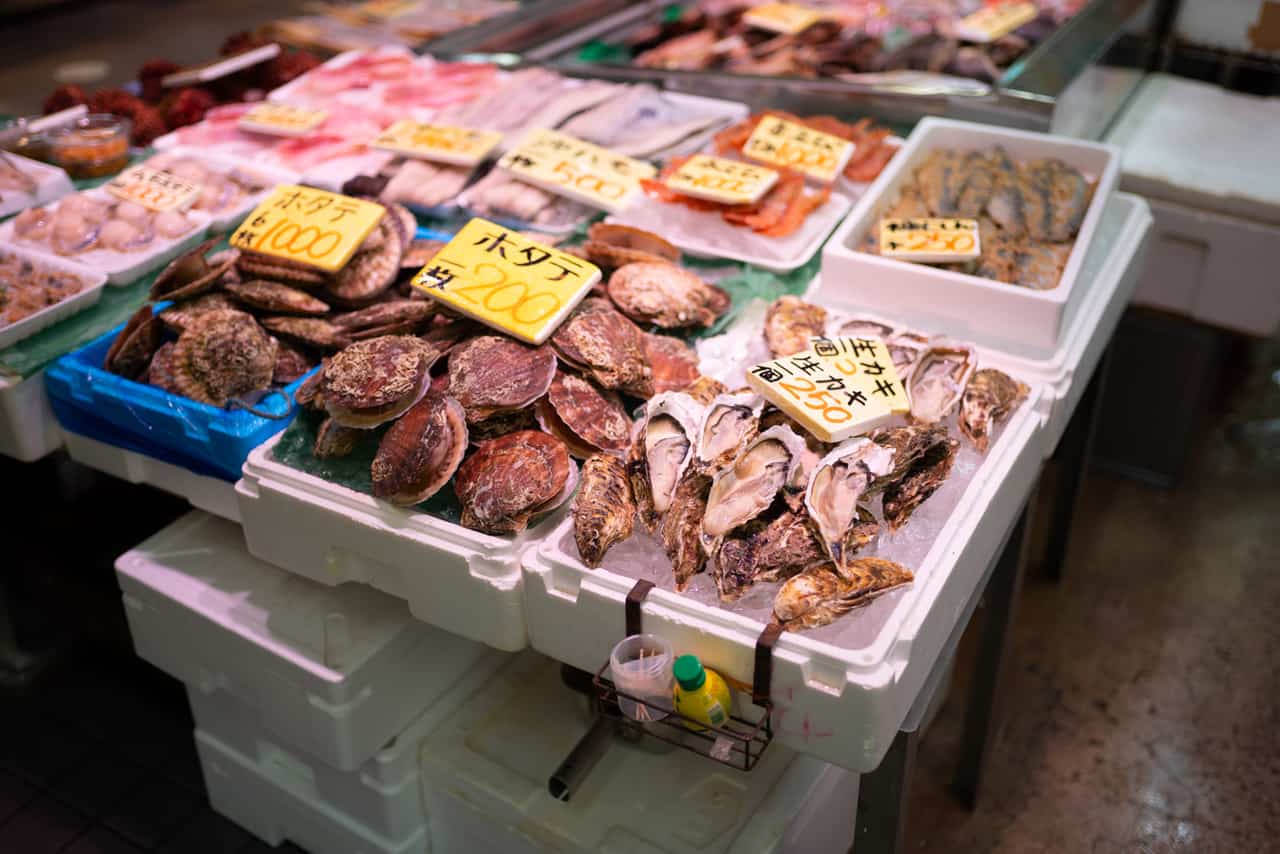
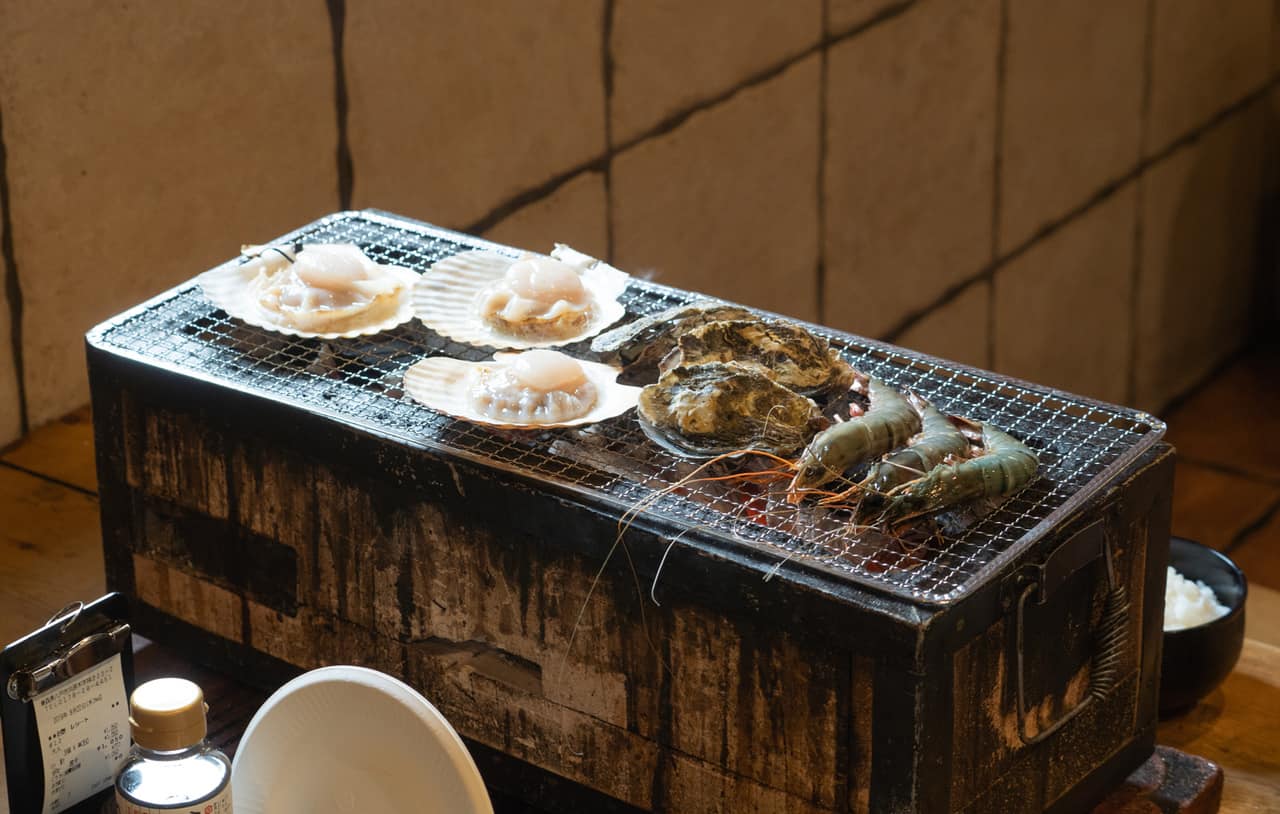
Step Three: Start grilling your feast.
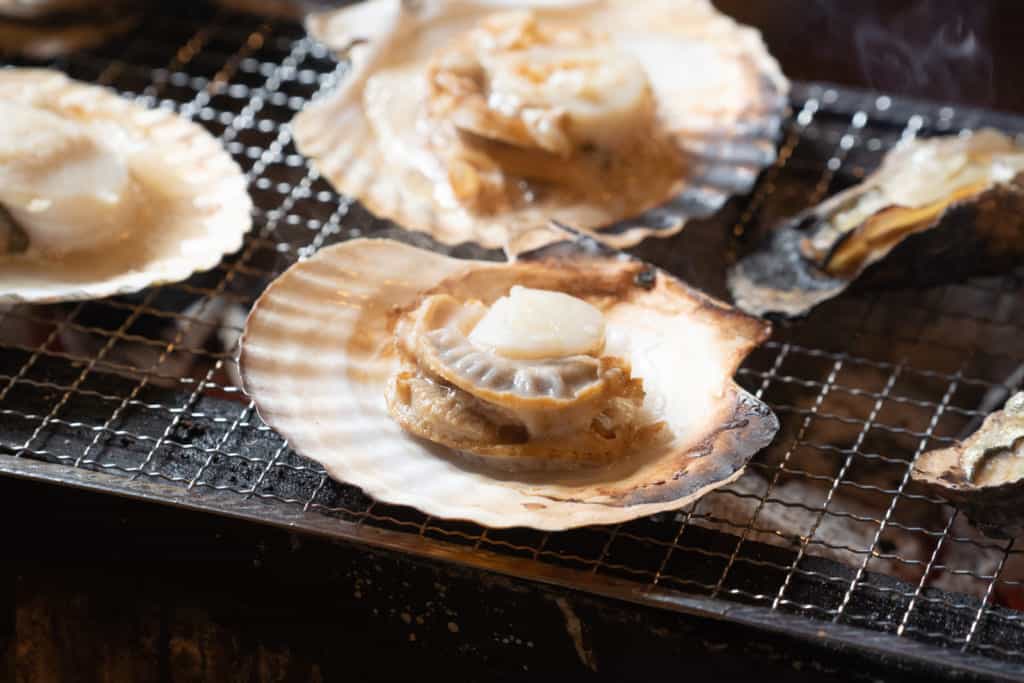
Now here are the important details. First go to the restaurant in the Hasshoku Center where you will rent out a BBQ and space at a table. After you rent your spot, go into the market and buy seafood from some of the many vendors. I found most of the variety plates to be around 1,500 yen, an absolute bargain for the amount and quality of the seafood you get. You can also buy things individually, such as fresh oysters for about 300 yen each.
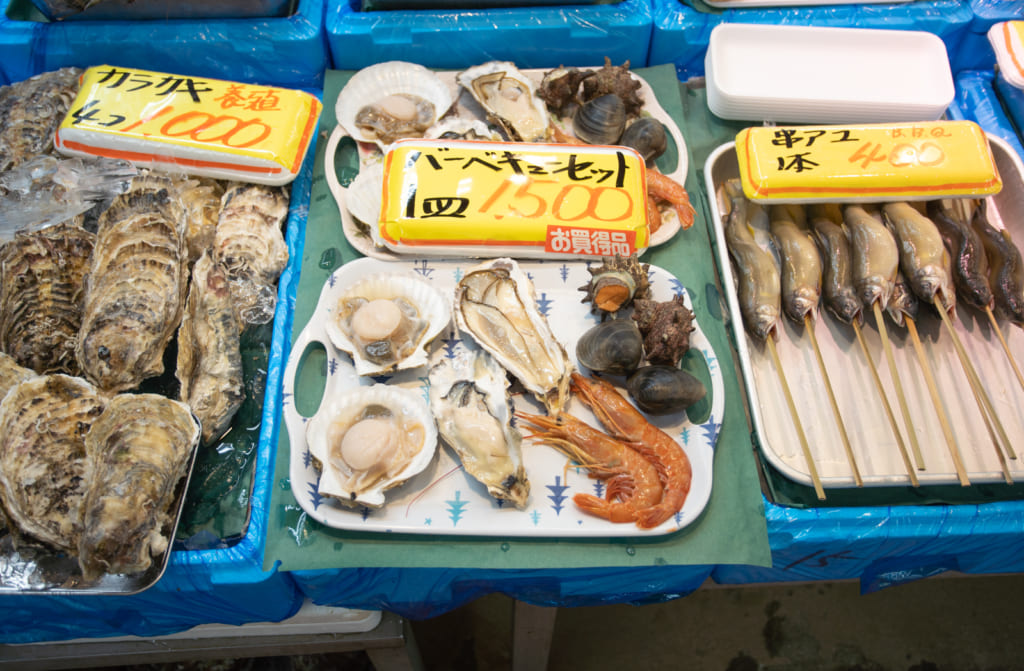
For the second part of my lunch I selected some fresh sashimi and uni from some of the vendors in the market. This included flounder, raw scallops, and a large box of immaculate uni with which I made my dream chirashi bowl.

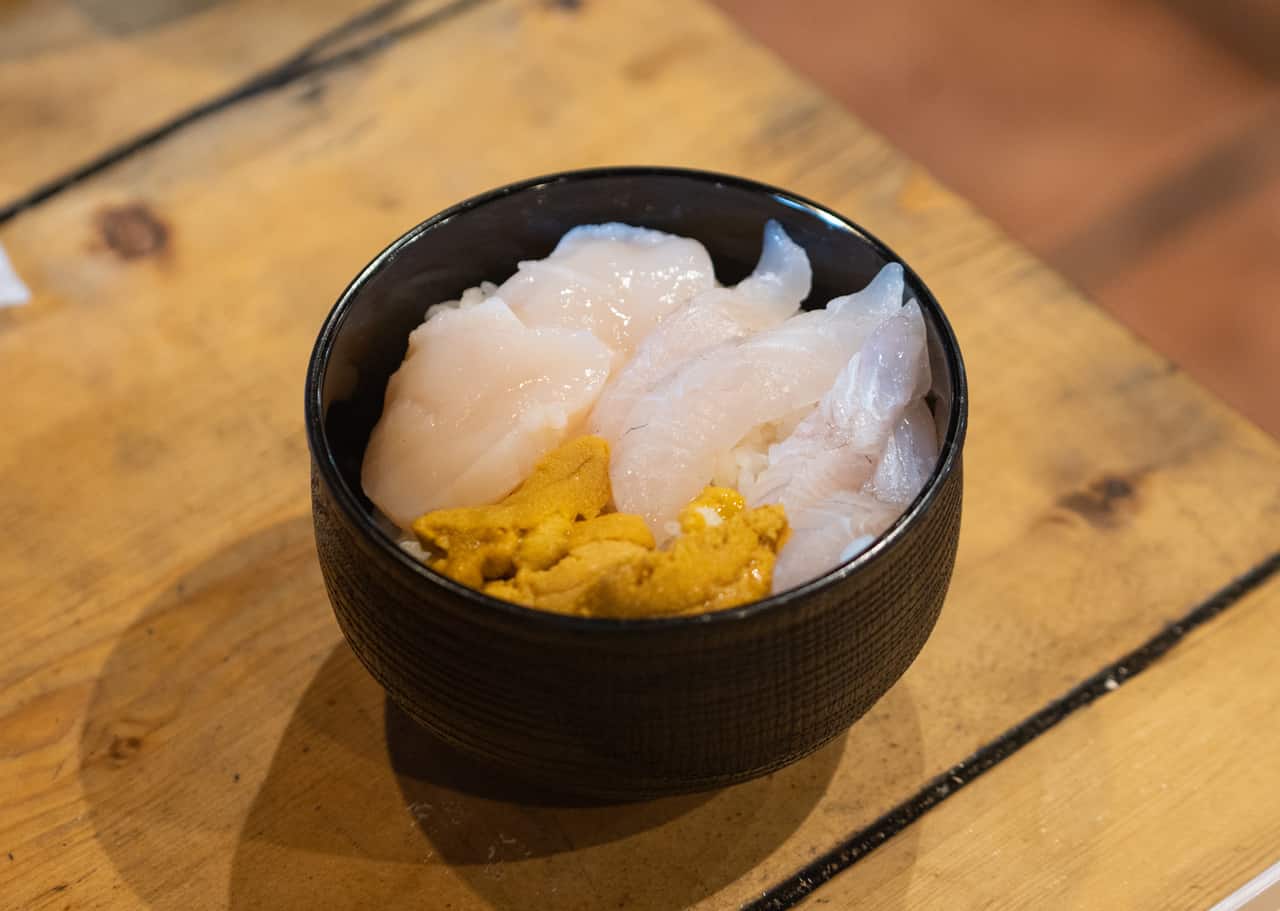
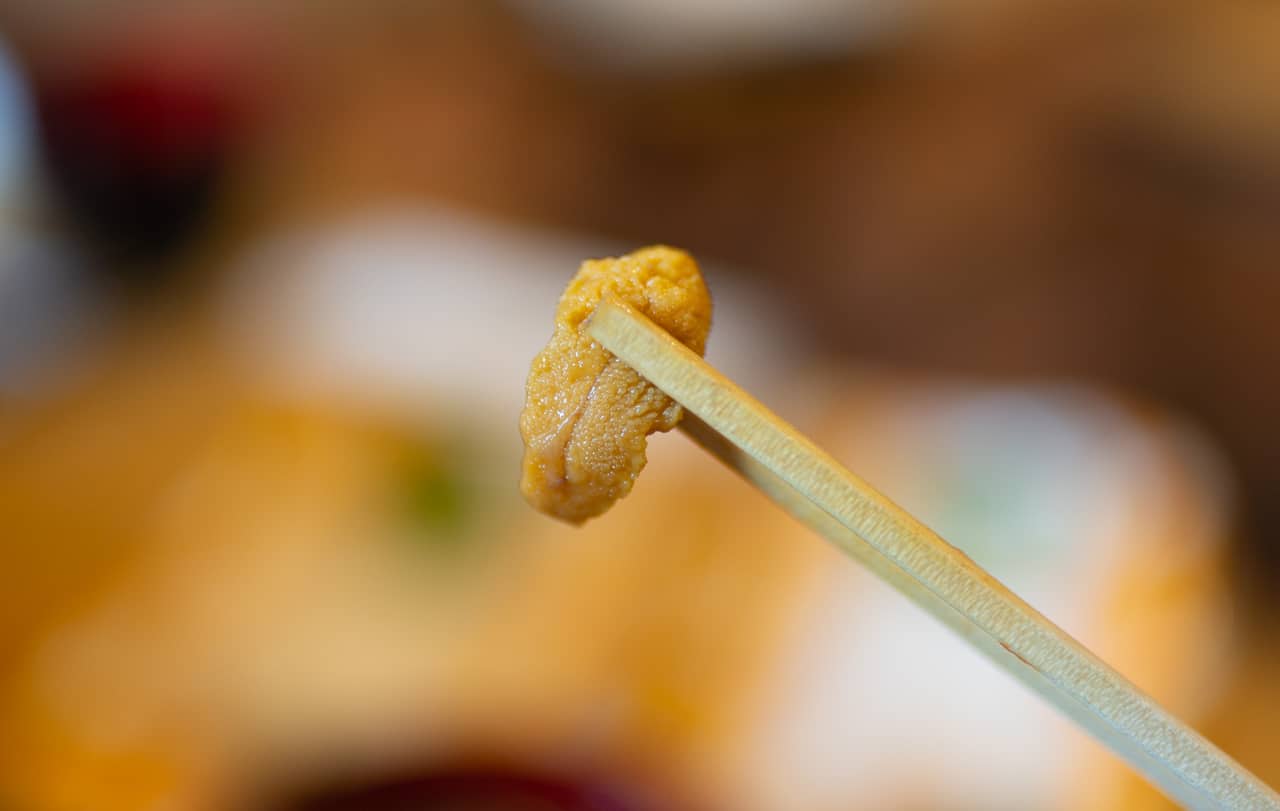
In addition to making your own chirashi bowl, you can also just buy a pre-made one in the market. Many of these sushi bowls range from 1,000 to 1,700 yen, incredibly cheap for the quality and large portions they had. I don’t think I have ever seen top quality seafood like this so cheap.

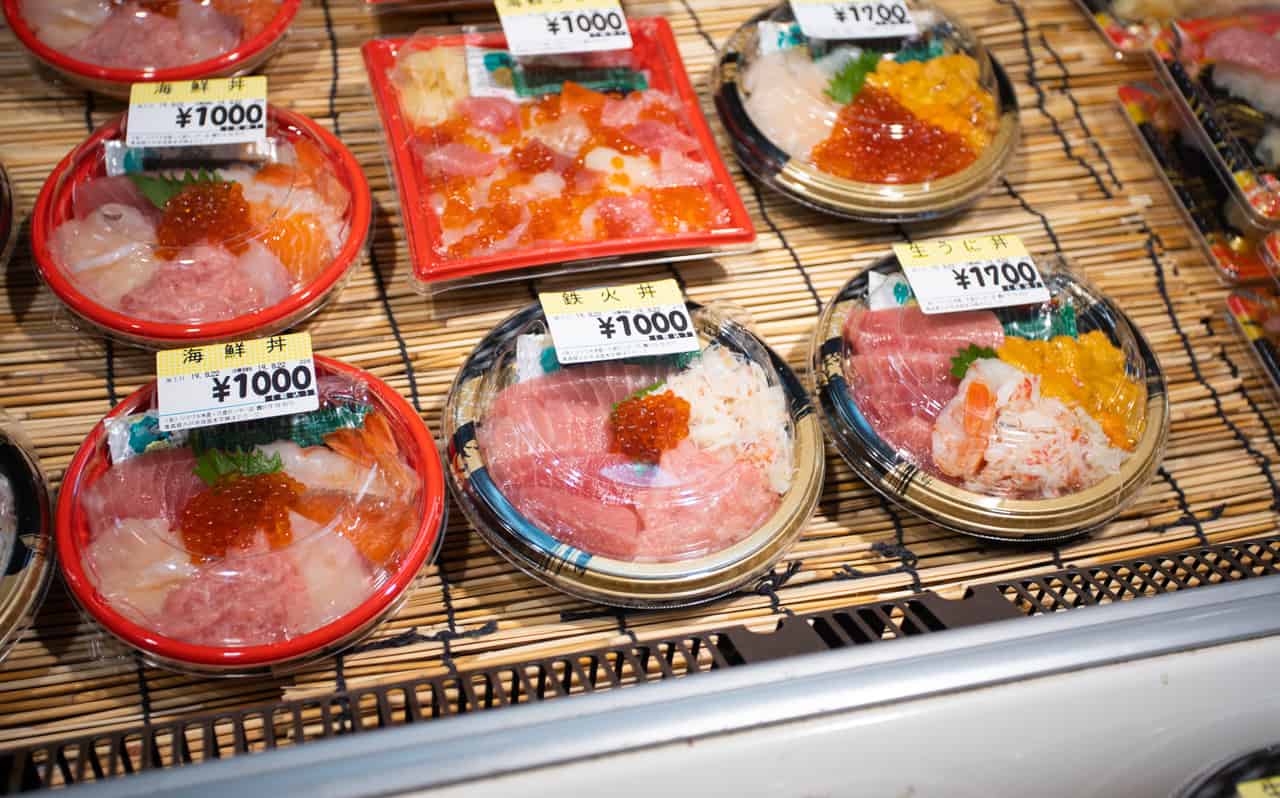
I have been to Tsukiji Market in Tokyo five separate times with various friends and family, but I must say that my experience here at the Hasshoku Center was far better than any visit I had to Tsukiji. The seafood here was fresher and only a fraction of the price and I could stroll through the market freely without suffocating crowds of tourists. To say nothing of the grilling and chirashi bowl experience, where I consumed some of the most delicious seafood I’ve ever had in my life.
I have lived in Japan for nearly five years now and it is quite rare for me to be surprised by anything anymore. But my visit to the Hasshoku Center will go down as one of my top foodie experiences in Japan. I would come back here just to do this all over again.
The Hasshoku Center is only 10 minutes by car from Hachinohe City. There is also a bus that can take you directly there from the station.
After departing from the Hasshoku Center, I traveled further north in Aomori Prefecture to Oirase-Keiryu (a mountain stream) to take in some of the legendary natural beauty of Aomori.
This stream stretches over 14km (8.6 miles) and has a continuous road for visitors to follow the winding river that runs at its base. This includes both a road and hiking trail that makes it accessible to everyone.
I started off my hike by visiting the Oirase-Keiryu Kan to see a map of the entire trail and some of the highlights that I wanted to be sure to see. At the Visitors Center, they had a large stock of rental bikes available.
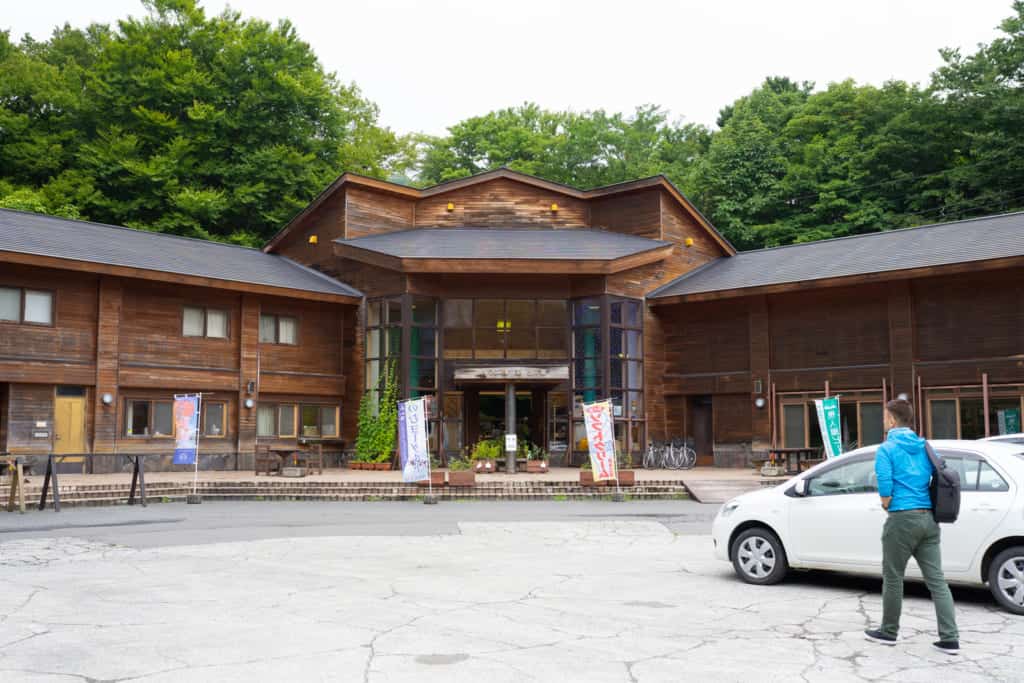
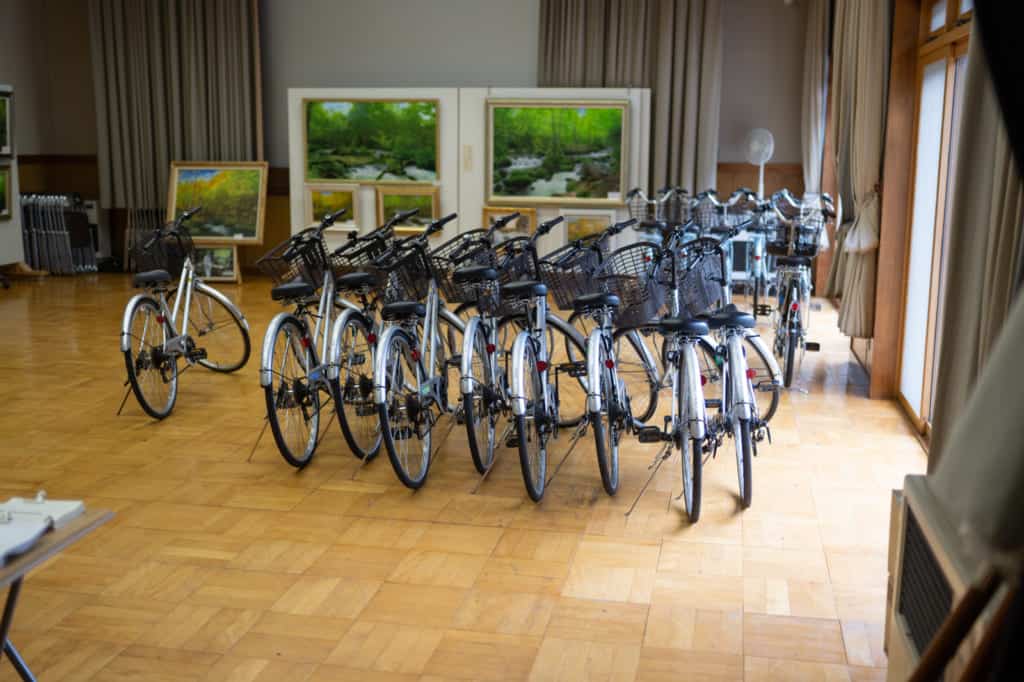
Unfortunately due to my time constraints I didn’t have time to ride a bike here. But given the choice, I believe this would have been the best way to enjoy the entirety of Oirase-Keiryu. The road along the trail was extremely smooth and well maintained and the traffic was light even though I was there in the summer season.
Here at the center I also saw photos of the beauty of the mountain stream during autumn. The forest here ignites into vivid colors of red, orange, and yellow during late October making Oirase-Keiryu a must see if you are here in the Fall.
After marking a few places on my map, I set off in my car to drive to some of the most beautiful spots on this long trail.
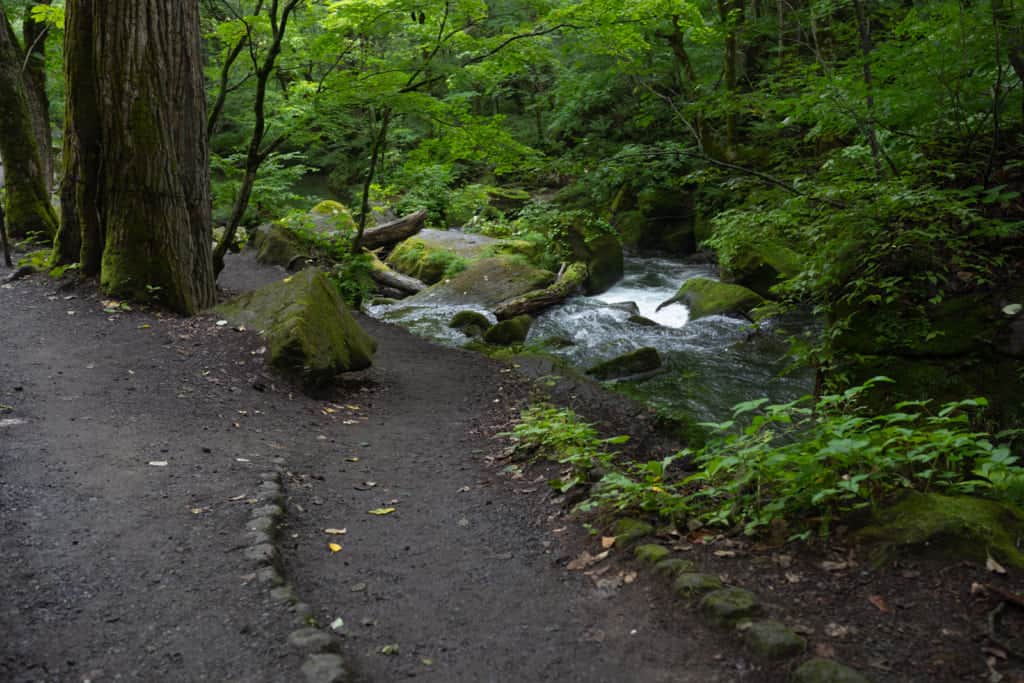
Parking my car, I switched over to the hiking trail to access one of the many waterfalls here along the stream. The first thing that amazed me was how the trails here were pretty much at the same level as the river itself.
The trail was also very well maintained and seemed to go on forever in the vibrant green forests. The waterfalls were an absolute joy to photograph and contrasted well with the colors of the summer.
I only had a few hours to explore this stream, but given the choice I would have chosen to spend an entire day hiking or cycling up and down this pristine stretch of nature.
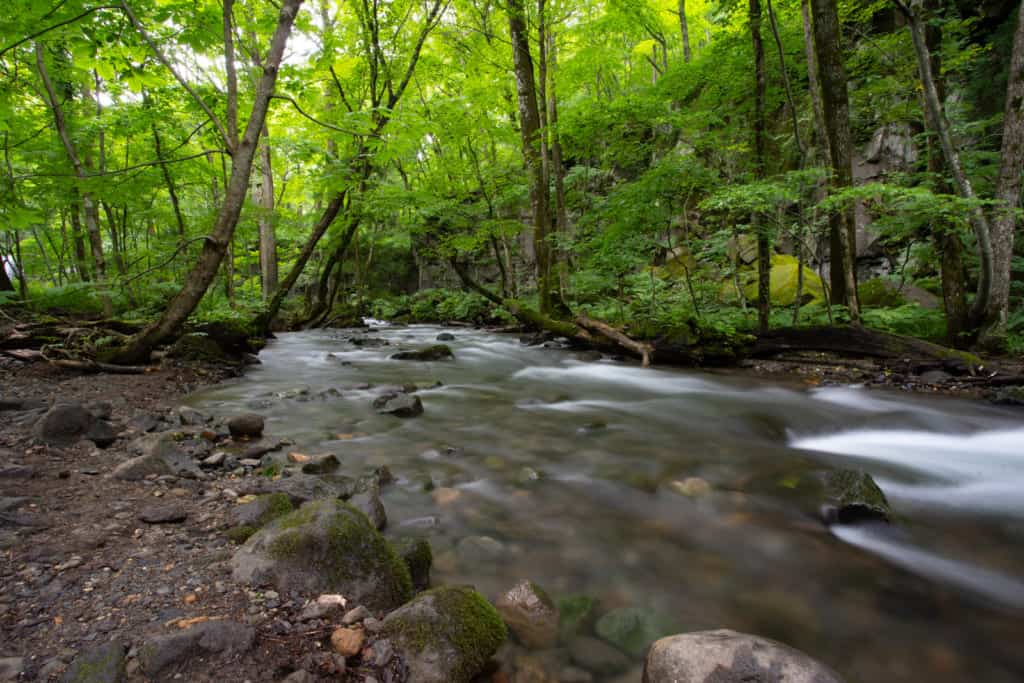
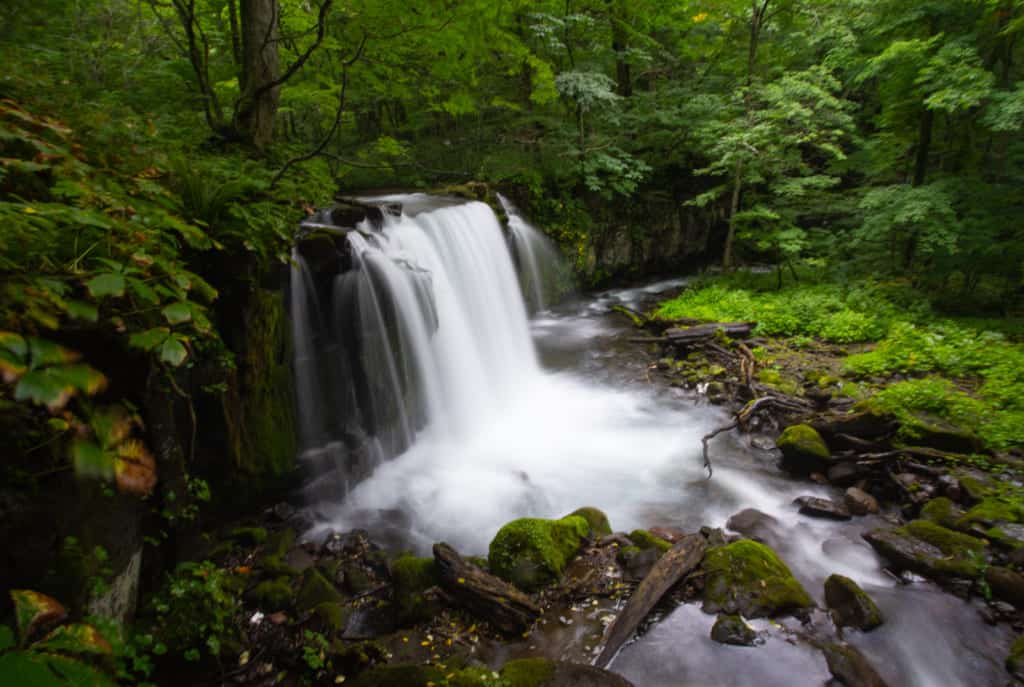
For the last part of my visit I went to see Lake Towada, the source of the water for the Oirase-Keiryu. This is the largest caldera lake on the main island of Japan and had rocky beaches where I was able to take a stroll. The water of the lake was a deep clear emerald color and the distant shorelines looked like the coastline of the ocean.
The nature of Aomori certainly did not disappoint.
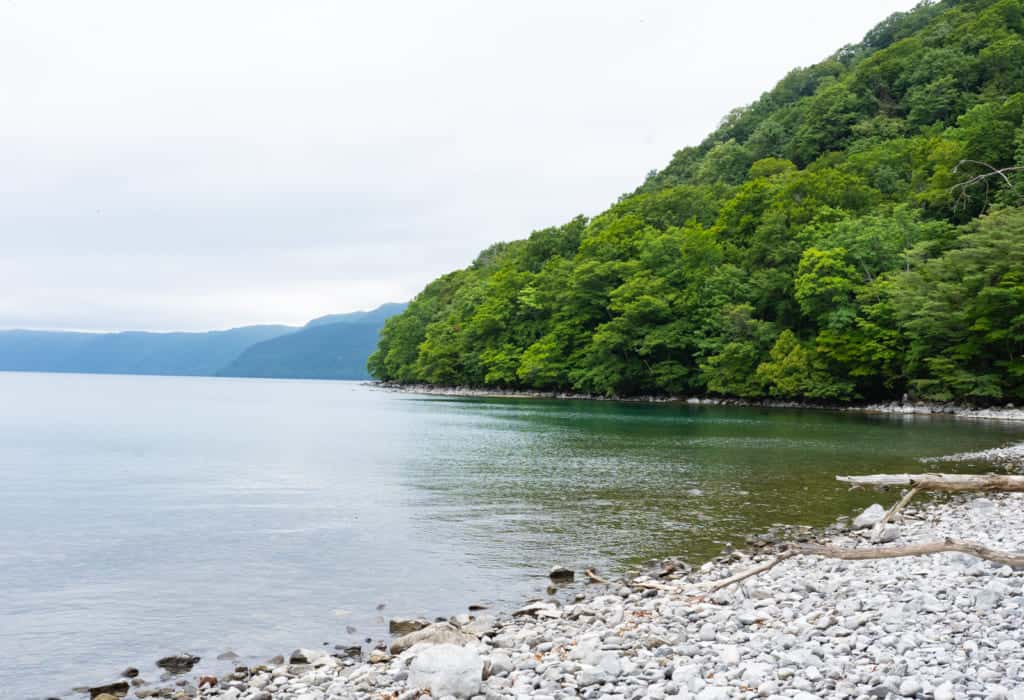
For those wishing to escape the cities or add a lesser traveled destination to their Japan trip, Aomori Prefecture is a fantastic excursion to add into your itinerary.
It only takes about 3 hours by Shinkansen to get to this area and once here you will have the freedom to have some truly incredible outdoor adventures.
Unfortunately it was time for me to leave and continue my journey towards Sapporo. Up next on my adventure to Northern Japan are the port city of Hakodate and the town of Niseko.
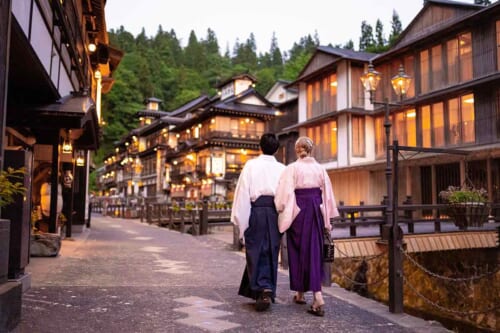

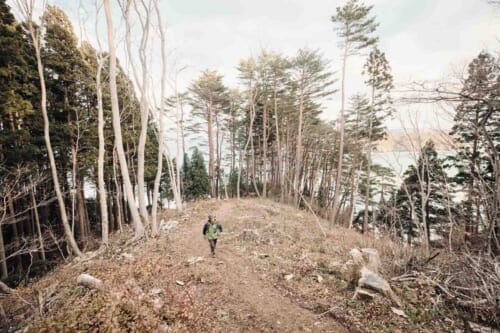
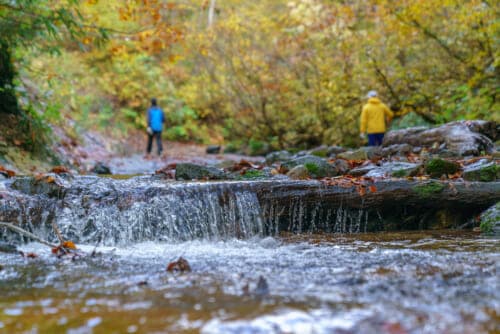
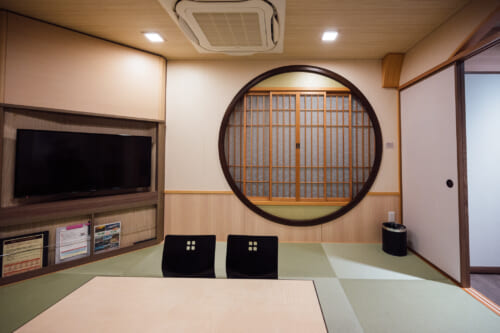
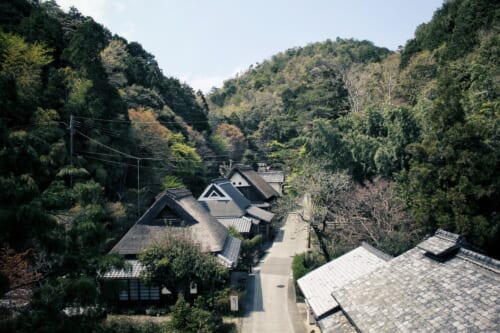
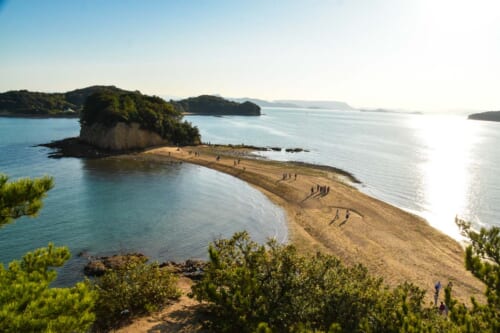
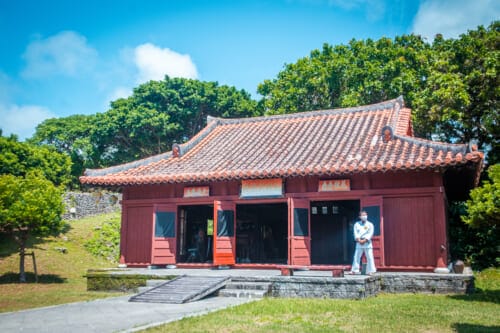
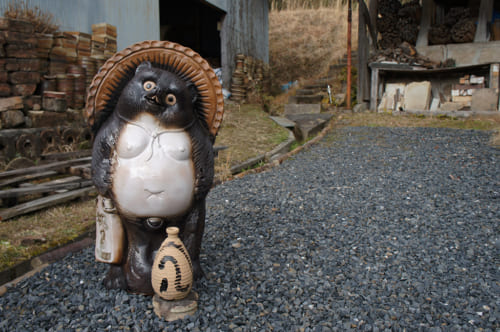


No Comments yet!